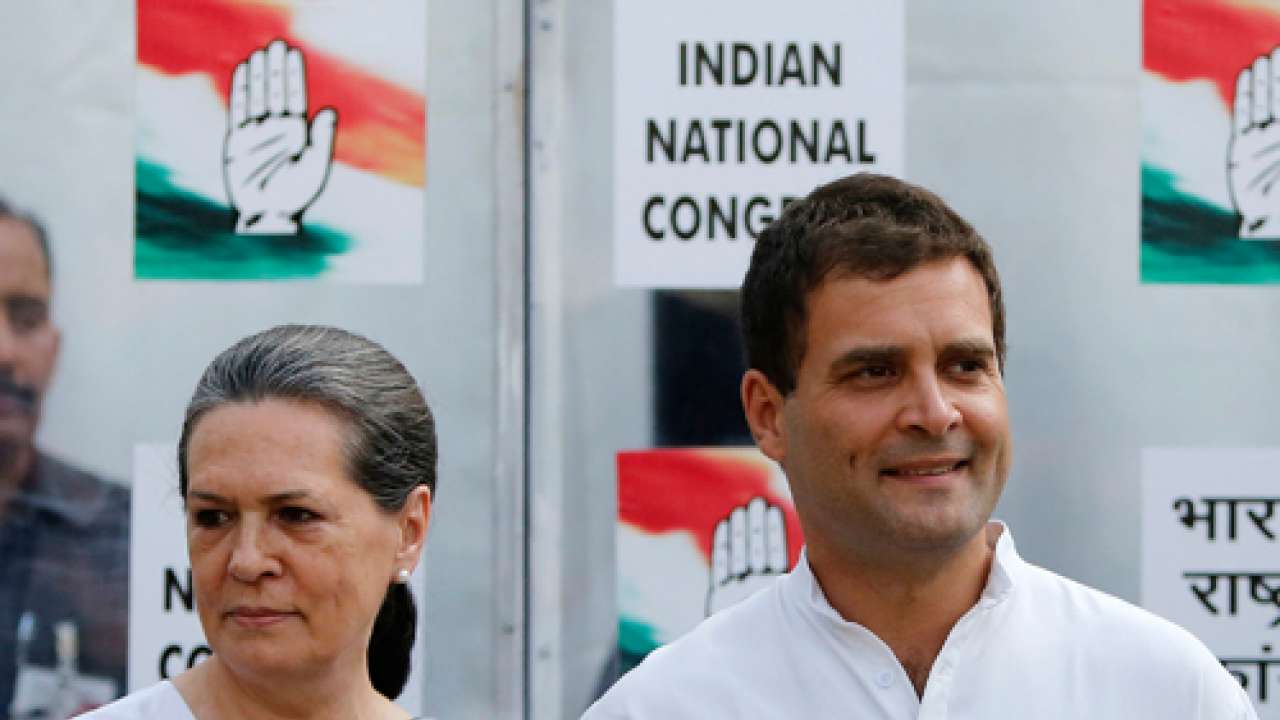
On May 16, 2014, the Indian National Congress (INC) witnessed its worst defeat since the first Indian general elections in 1951-52. Their current tally of 44 is far lower than their previous worst of 114 (in 1999). This was a combined result of rampant corruption, the high-handed approach of their top leaders, the lacklustre leadership of Rahul Gandhi, and the Narendra Modi-wave (the magnitude of which most people, including me, failed to gauge).
In 1998, when Sonia Gandhi replaced Sitaram Kesri as party president and leader of the Congress Parliamentary Party, the reason cited was the poor performance in the 1998 general elections. If the same logic is applied today, then both Sonia Gandhi and Rahul Gandhi should be dislodged from their posts of party president and vice-president.
When the Congress was in disarray in the late 1990s, their last ploy was to use the charisma of the Gandhi family to recover. And the trick worked, to the extent that they came back to power within six years, and managed to hold on to it for the next 10. However, this time, the campaign run by Narendra Modi was focussed on destroying the ‘halo’ surrounding the Gandhis. In almost all his rallies, he consistently attacked Rahul Gandhi, asserting that a privileged background should not be the only pre-requisite to lead India. The Gandhi surname, which has, for many decades, formed an automatic connect with the masses, has now been turned into an object of ridicule, especially among the urban middle class.
So, what can the Congress do, and how should they proceed? The first option is to stick to Rahul Gandhi and hope that he is better prepared by 2019. However, it is going to be very difficult – if not impossible – for the Congress to put up a fight in the next general election with Rahul Gandhi as their leader. Young and urban voters don’t see him as someone competent enough to lead the nation. Therefore, even if voters get disenchanted from the Narendra Modi-led government, they might still not see Rahul Gandhi as someone who can fulfil their aspirations. This, in turn, could work in favour of the incumbents.
The second option is that both Sonia and Rahul Gandhi relinquish their posts, and hold internal elections to choose new office bearers. This option would promote intra-party democracy and ensure that in 2019, the Congress puts forward its best candidate for the challenge. However, it would also mean that the role of the family in party affairs would be subdued, thereby increasing the chances of divisions within the party, in the absence of a “high-command”. It would not be an exaggeration to say the Congress’ biggest weakness at the moment is also its biggest strength. The family acts as an amalgam for the party, pretty much the same way as the RSS does for the BJP.
The third option is to project Priyanka Gandhi as the new party leader. Many Congressmen believe she could be the panacea the party needs. Priyanka seems to energise the party cadres in a way that Rahul fails to, she comes across as a much better and a more natural speaker. However, she would probably face the same hurdles Rahul is expected to, and she would also be carrying the baggage of her husband. The BJP and Narendra Modi have left no opportunity to attack Robert Vadra’s ‘shady’ land deals. Once Priyanka comes to the forefront, the intensity of these attacks would only increase.
Apart from the central leadership, the Congress needs to cultivate strong leaders at the state level as well. This is something they have generally avoided, perhaps to prevent a challenge to their central leadership. If the Congress needs to regain lost ground, this is something that has to change. They need to find passionate politicians who are willing to work at the grassroots level, because unlike their central leaders (who find it difficult to save their own seats), these leaders will connect the party to the masses and bring in votes.
All the three options mentioned above have their pros and cons, and it is up to the party to decide which one would be the best for its plans, both in the near future as well as the long-run. This decision should not be taken in haste; the party should ideally take a few months to carefully introspect the reasons for its loss. It is very important that they get it right the first time, because the future of India’s oldest political party more or less depends on it. With the Narendra Modi-led BJP controlling the Lok Sabha, the country needs a strong opposition, now more than ever.